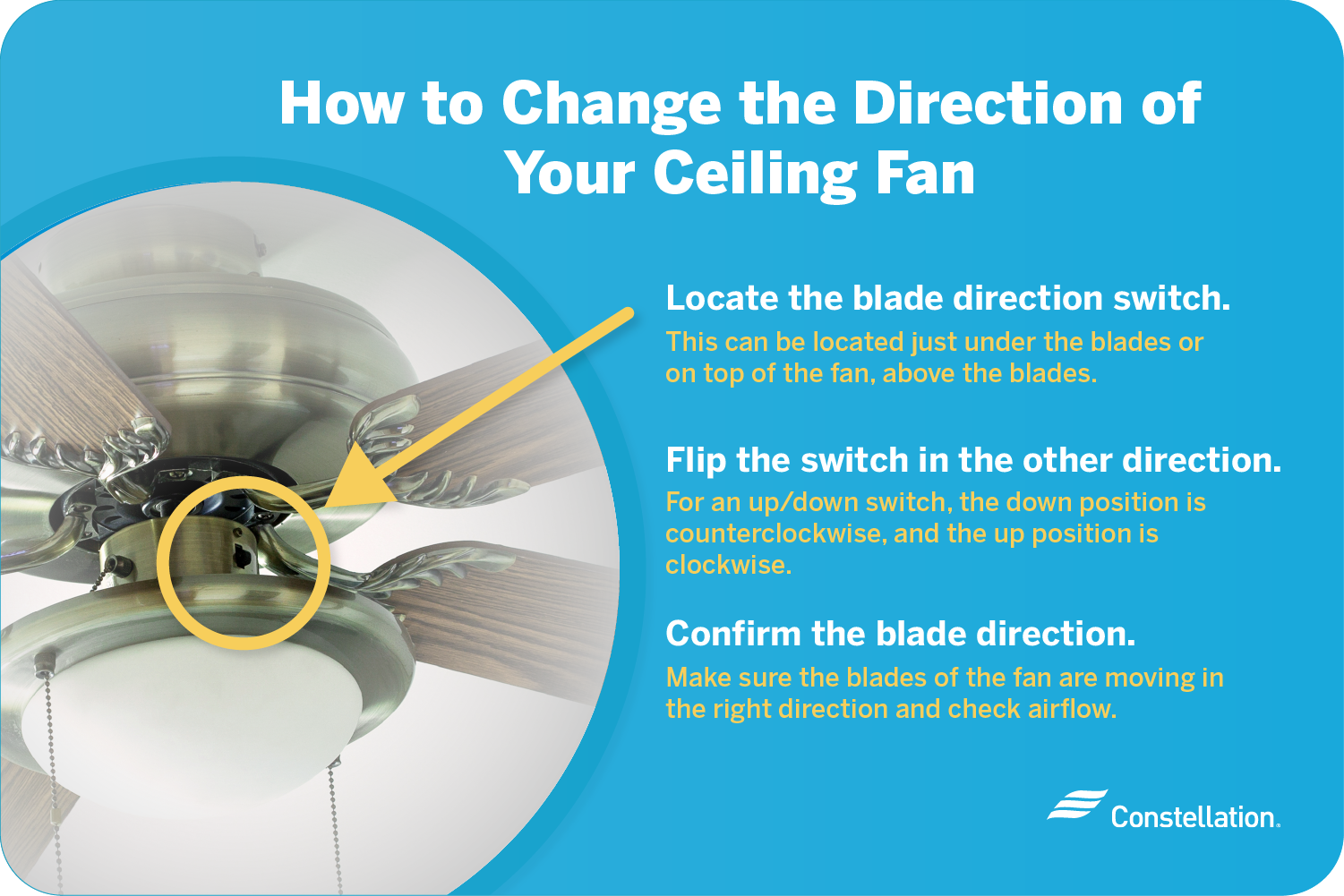

Lastly, ceiling fans can come with a light or without. Otherwise, save power and only run the fan when you are in the room. Obviously if you are using the fan to circulate air to keep a room from getting stale, then it needs to run more often. Because they only really make you feel cooler and don’t actually cool the air, having them run all the time is only wasted power. Secondly, fans should not be running all of the time. Because ceiling fans move air vertically, not horizontally (or down the hall), they don’t do much to help. Hallways are not a great place for ceiling fans. You can move stale air around and create a little breeze to blow over you while you sleep. Nobody wants to eat in a hot room, and a dinette that is attached to the kitchen will be just that. Ceiling fans in a kitchen/dinette are a great location. The first one is where you are going to put them. There are a few things to note about them. There aren’t really that many pros or cons to ceiling fans. It’s easier to follow the simple rule stated above. Clockwise with the blades tipped left to right will create one effect, while clockwise with the blades tipped right to left will create the other. I try not to use clockwise or counter clockwise because it can be relative. Otherwise point the fan away from yourself. If you want to feel cooler, point the fan at yourself. Windchill for summer, no windchill for winter. If you can’t feel it, then there is no windchill and you will feel warmer. If you can feel the air movement over your skin, that’s the windchill.

The easiest way to figure out which direction is the right direction, is to stand directly under it. All you need to do is have the fan spin in the opposite direction. By blending the air temperature in the room without the windchill, your body won’t cool as quickly, which in turn will leave you feeling warmer. If you want to feel warmer, then the fan does the same thing, but in reverse. It’s still 30C, it just feels like 27C because your body is able to cool itself. This air movement helps evaporate the moisture your body creates to cool itself, therefore allowing your body to create more moisture and cool itself more. It is the air movement that gives you the feeling of cool. For example, 28C on the floor and 32C on the ceiling, once the fan blends it all up, everything is sitting at 30C. The air temperature difference between the floor and the ceiling won’t vary much, so once the fan starts to circulate the air, you’ll get something like the average temperature in the room. The fan will draw up cooler air from the floor and circulate the warmer air around so the heat doesn’t just hang there. In the summertime, say, you want to be cool.

The first thing to remember is that the fan has very little to do with the actual temperature in the room. Let’s do a recap on how the fan works to keep you cool. The real question should be how do you want the fan to make you feel? Warm or Cool? This is a question that comes up an awful lot and is something that the majority of people don’t even know about and do incorrectly. So, in part 2 (of 2) we will look at fans in our homes year-round, some pros and cons and some installation notes. Fans are a must-have without an AC unit and were the number one fixture to help alleviate the heat. In the last post, we talked about a number of methods to stay cool in the heat of summer.


 0 kommentar(er)
0 kommentar(er)
